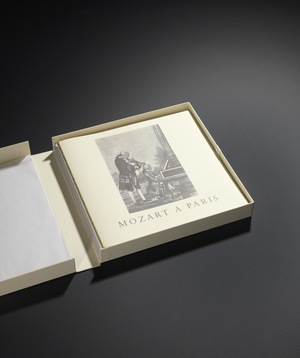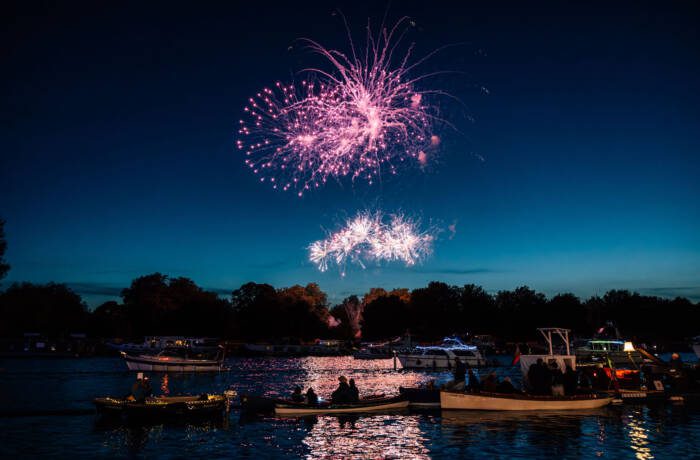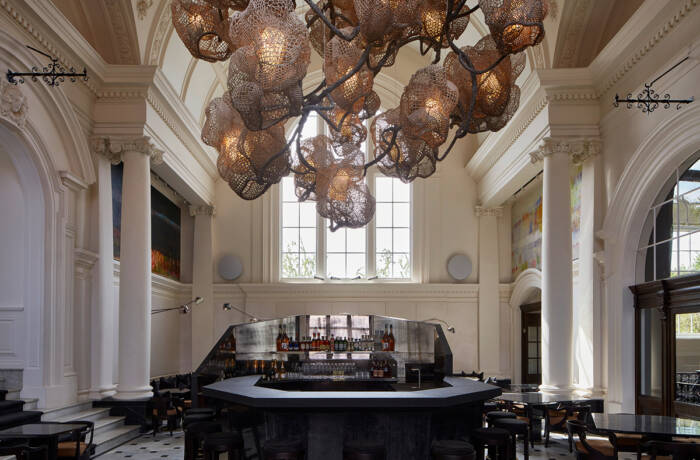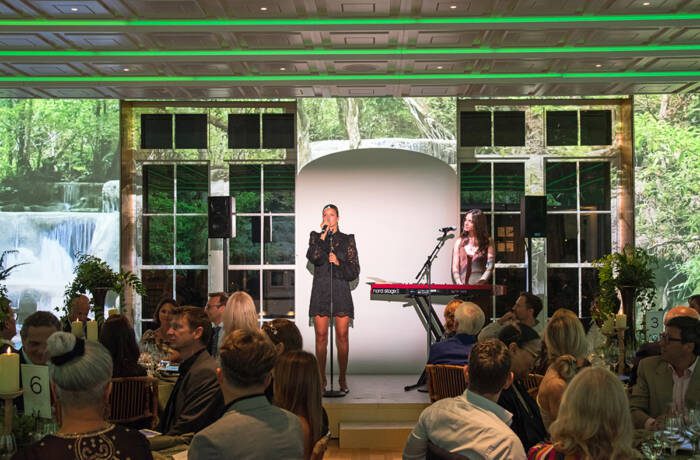For many, the 1950s and early 60s was the golden age for music, an era of artistic experimentation and precise analogue audio reproduction, but mint condition vinyl albums from this time are increasingly rare to find and ludicrously expensive to buy. Fortunately, this is where the Electric Recording Company steps in. Millie Walton sits down with founder, Pete Hutchinson in his premier recording suite to listen to jazz and talk about the re-mastering of the key catalogue titles, bringing back the super sounds of the seventies. Audiophiles everywhere rejoice.

Millie Walton: You have a lot of very beautiful, vintage machinery here. Where did it all come from?
Pete Hutchinson: Originally it came from Romania, but we found it rusting in a damp garage. It took us three years to restore all of the equipment, but it was completely necessary to help us achieve the sound quality we wanted. When you get a normal remake or reissue of a record from a shop, its cut on contemporary equipment with different technology. This is all valve machinery from 1950s, ’60s and ‘70s. Most studios threw all this stuff into skips and then the sound changed forever. We want to bring back that lost sound by taking the original mask tapes, playing them through these machines and re-cutting the vinyl. That’s the concept.
MW: How would you say the sound differs?
PH: Well I think that transistor sound is a bit harder and glassier than valve sound, which tends to be more open and dynamic, but obviously its completely subjective. We cut in what’s called true mono, which no one else does anymore. Up until early 1950s everything was recorded in mono, which means that the music is played into one microphone. When stereo came into effect the signal was split to the left and right. The idea is that you hear the guitar for example on one side and the drums on the other pop over to this web-site.
Read next: Inside the colourful world of Tierney Gearon
MW: Do you think mono is better?
PH: It’s better for some things. For an orchestra stereo is probably better because you get a wider sound image. Mono is much more direct, in your face. To us it was very important that we cut in mono and had the machinery to make that happen. Other studios press a button on the desk to make a mono channel but its not pure mono, we use a mono tape machine head and from there it goes into a mono recording amplifier into the lase and its then cut on a mono cutting edge so that the signal stays absolutely pure all the way through. This project is all about nuance. You have to be a bit of a geek to care about this stuff…

MW: How did you approach the artwork of these original records?
PH: What most people do is digitally scan the artwork and use a generic card for every release, but I didn’t want to do that. I really wanted to have holistic approach to the whole aesthetic. We found a guy here in London who uses the technology of the late 50s to letterpress. It’s a very involved and slow process and incredibly expensive.
Read next: Summertime in the Alps
MW: It sounds like a true labour of love.
PH: Completely. We only make a limited edition of about 300 copies of each reissue. Our first releases took a year or two to make, but we wanted the whole look to be right, using rice paper sleeves as they did in the 50s for the vinyls and even letter pressing the labels. Each vinyl also comes with a book, which explains the process. We normally sell directly to consumer and have a huge market in Asia, Hong Kong where people where buying multiple copies in order to keep and then presumably sell on which I tried to encourage not to happen because these records shouldn’t be like an asset class, they should be consumed for the art and for the music.








